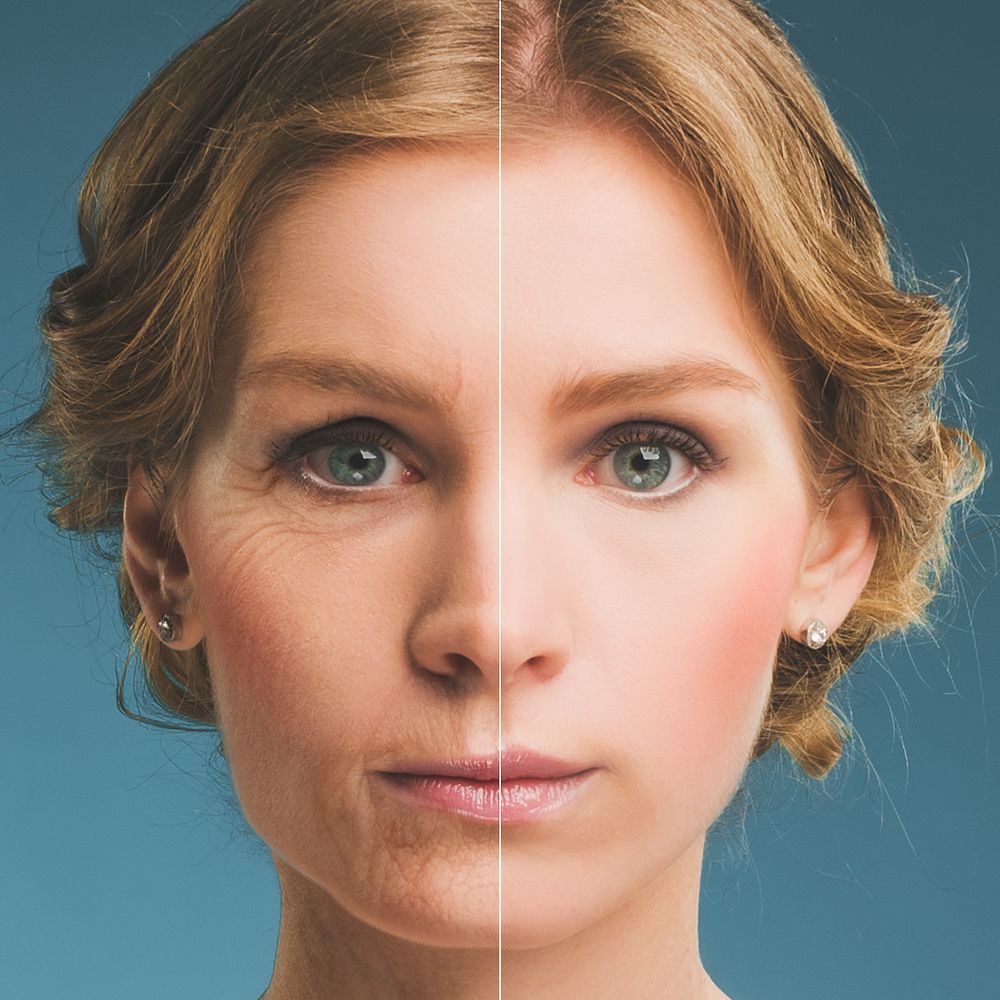Myth or truth in the facial aesthetics - about hyaluronic acid

Aesthetic medicine has become one of the most popular tricks for correcting small physical defects and keeping the young look of the face for as long as possible. However, the views shared about this branch of medicine have favored the emergence of many myths that sometimes cast a negative light on aesthetic procedures and hyaluronic acid in particular. Dr. Laurenţiu Vlădau, a dermatologist specialist at the Hebra Dermatology Clinic, listed the most common myths about this substance, explaining the truth behind them and whether or not there is a risk for people using such procedures. MIT: Hyaluronic acid is dangerous This is most likely one of the most well-known myths, but specialists assure that the hyaluronic acid used in facial aesthetics is the safest substance for remodeling and volumeing. Because of this, allergic reactions or granulomas are extremely rare, MIT: Injected to the lips, hyaluronic acid leads to a rough deformation and artificial appearance Hyaluronic acid is used to correct fine, vertical wrinkles around the mouth especially in smokers, but also to provide extra moisturizing and glowing lips and for .
This can be done by progressive injection with smaller volumes to achieve the desired effect, MIT: Hyaluronic acid damages the skin in the injected area If it is injected incorrectly and too superficially, treatment with hyaluronic acid can indeed produce nodules and bumps in the treated areas. The injection technique, as well as the experience and the doctor's preparation of the procedure are very important. Most of the time, the nodules after the injection of hyaluronic acid are released with the correct massage and the passage of time MIT: Unwanted results can no longer be corrected Unwanted results are often avoided by serial injections of smaller volumes and maintenance sessions. If they still appear, they can be most often corrected by injecting a substance that dissolves hyaluronic acid. Generally, hyaluronic acid is absorbed without any intervention after a period of 6 to 18 months, depending on its type and concentration.
MIT: Hyaluronic acid injection is painless There are major differences between the pain sensitivity threshold of each patient, but specialists assure that acid injection is often the least painful. However, very rarely patients avoid subsequent injection and do not consider this discomfort or mild pain as an impediment to the procedure, MIT: Actors can always resume their work immediately after the procedure Although this is often true, patients should consider that bruises or hematomas may occur after the procedure, especially when discussing augmentation . MIT: Facial aesthetic procedures can also be performed in cosmetic salons Treatments for aesthetic medicine, as the name suggests, are recommended to be performed by a physician in a sterile environment. They guarantee the best results, MIT: Hyaluronic acid causes addiction There is no scientific evidence to show that hyaluronic acid creates addiction or that it contains ingredients that could add dependence. However, due to the results obtained from aesthetic procedures with this substance, it is not unusual for patients to request additional treatments once the results of the initial treatment are exhausted.
.
Source : csid.ro
Views : 3207
Popular Article
- (photo) Nude becomes art.
Posted: 2018-03-17, 9809 views.
- The harmful effects of air conditioning on the skin
Posted: 2017-06-08, 8519 views.
- 3 causes of dyed hair discoloration
Posted: 2017-06-15, 8403 views.
- Why early puberty occurs in girls: symptoms, favors, diagnosis and treatment
Posted: 2017-10-24, 8243 views.
- Good or bad skin treatments in the hot season
Posted: 2017-06-07, 7975 views.
Recommendations
- (photo) Nude becomes art.
Posted: 2018-03-17, 9809 views.
- The harmful effects of air conditioning on the skin
Posted: 2017-06-08, 8519 views.
- 3 causes of dyed hair discoloration
Posted: 2017-06-15, 8403 views.
- Good or bad skin treatments in the hot season
Posted: 2017-06-07, 7975 views.
- Risks of practicing sports on hot days
Posted: 2017-06-12, 7547 views.
 4 effective ingredients in the fight against acne.
4 effective ingredients in the fight against acne. How to get rid of hiccups fast
How to get rid of hiccups fast The wheat bran diet: the secret of lost pounds as if by magic
The wheat bran diet: the secret of lost pounds as if by magic The recipe that will sweeten your soul this weekend!
The recipe that will sweeten your soul this weekend!  Is it dangerous or not to refreeze meat after thawing it?
Is it dangerous or not to refreeze meat after thawing it?  The unusual sign of diabetes indicated by saliva.
The unusual sign of diabetes indicated by saliva. What to drink to boost your immune system.
What to drink to boost your immune system. 10 foods that help you never age.
10 foods that help you never age. What actually happens in your body if you drink a cup of coffee for breakfast
What actually happens in your body if you drink a cup of coffee for breakfast 5 surprising benefits of chia seeds
5 surprising benefits of chia seeds